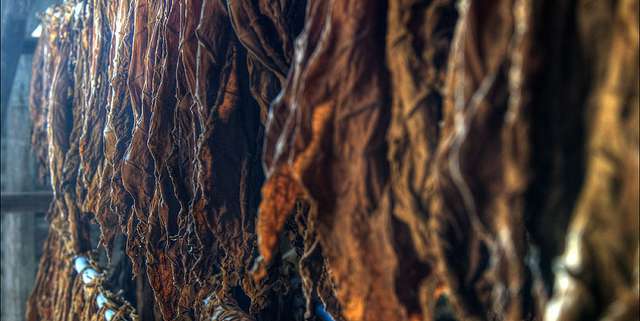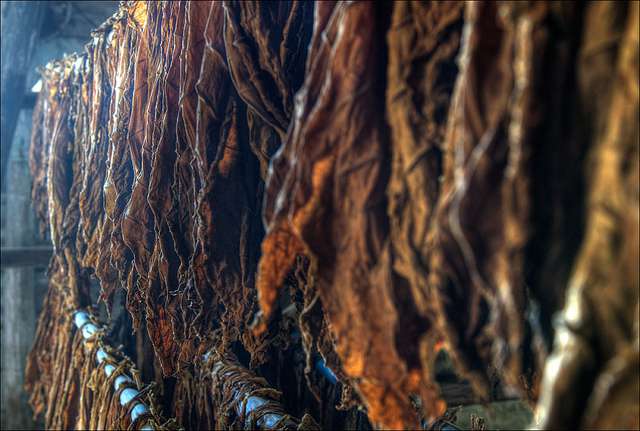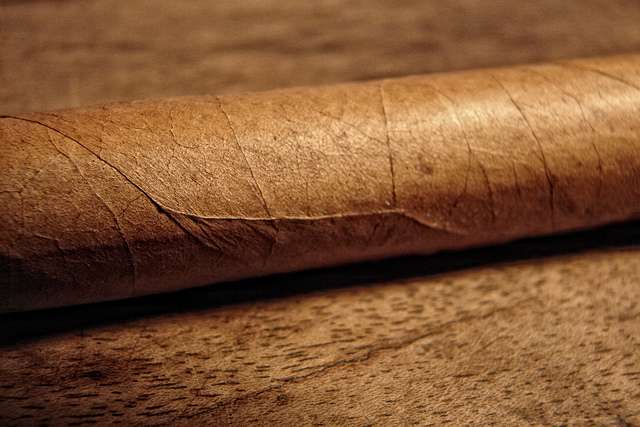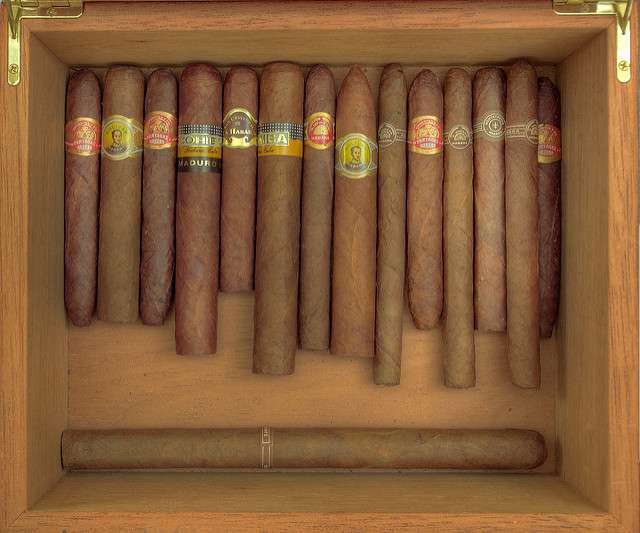
In the 1960’s, aromatic smoke from a bodyguard’s cigar caught Fidel Castro’s attention. According to the story, Castro was so enchanted by the scent that he established a factory in Cuba to produce cigars according to the bodyguard’s instructions.1
Over the next thirty years, that factory’s Cohibas spread to the rest of the world—except, of course, to the US.
But the United States’ lifting of its more than fifty-year-old embargo in 2016 left aficionados anticipating an influx of Cuban cigars. It’s possible that smokers will find the initial quality of Cuban imports lacking,2 but as more and more cigars begin to arrive, US producers must be prepared to hold their own. Many smaller cigar manufacturers currently subject their final products to visual inspections. But making the switch to spectrophotometric technology will allow you to maintain more stringent standards. Inexpensive portable spectrophotometers are a valuable tool for remaining competitive in a shifting market.
Variability in Cured Tobacco Leaves

Advanced color analysis can help insure tobacco crops are harvested for peak flavor. Image credit: Flickr user Romtomtom (CC BY 2.0)
The color of a cured tobacco leaf correlates directly to the chemical components that create the complex cigar smoke flavors prized by connoisseurs—a range of factors that include starch, sugar, chlorophyll, caratenoid, protein, and amino acid levels, as well as total moisture.3 In other words, color can tell you a lot if it’s properly measured.
Some producers monitor color transitions with visual inspection, but this leaves a lot of room for subjective color interpretation. Taking measurements with a spectrophotometer avoids this issue. The device can be used to establish reference standards for various colors of cured tobacco, letting you measure all leaves against the same standards—and helping ensure that crops are processed at peak flavor levels.
Portable spectrophotometers are particularly advantageous for cigar manufacturers. The color and quality of wrapper leaves have the greatest effect on a cigar’s appearance and flavor, but if you use a benchtop spectrophotometers, you’d need to take wrapper leaf samples from your curing facilities and color-test those samples at a separate location, leaving a time gap between sampling and feedback that could slow down your production cycle. Handheld spectrophotometers eliminate this gap, giving you immediate feedback on degrees of curing.




